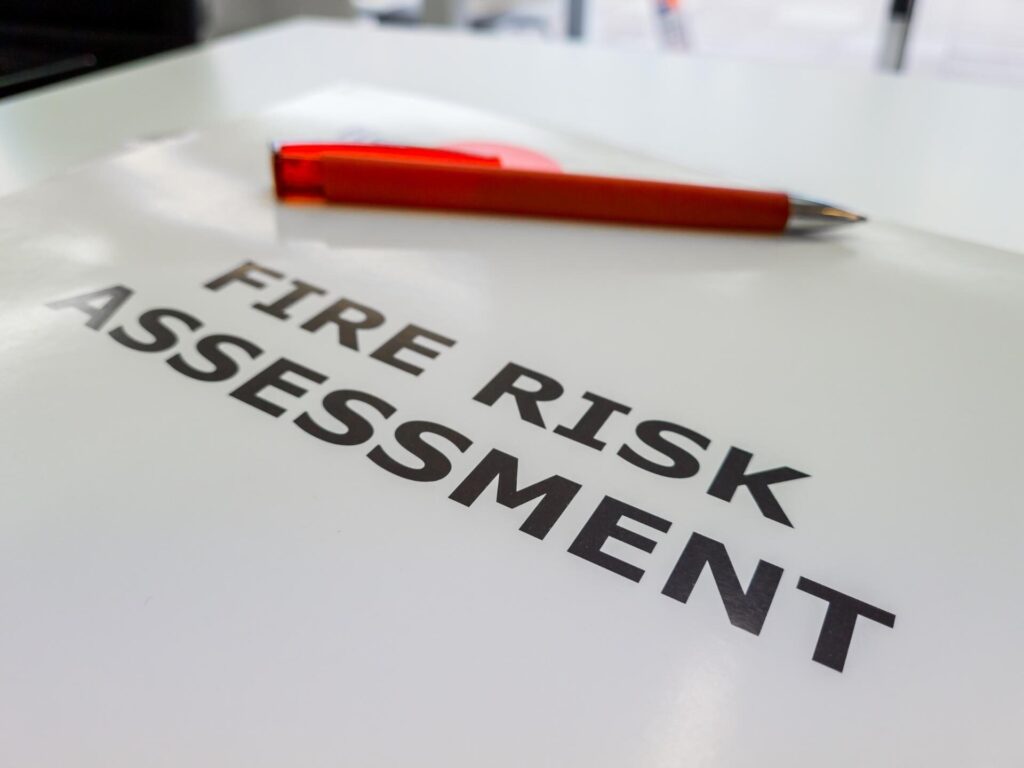Health & Safety Policies & Procedures

A solid health and safety policy is the foundation for keeping your workplace safe. It’s more than just a legal requirement under the Health and Safety at Work Act 1974—it shows your team, clients, and partners that their well-being is a priority.
By having clear documentation in place, you reduce the risk of workplace accidents and create an environment where employees feel safe and supported.
A robust policy not only helps you avoid costly fines but also ensures that your business complies with the Health and Safety Executive (HSE) requirements. Demonstrating that you take your legal responsibilities seriously can boost your reputation and foster a positive workplace culture.
At Omny Group, we help businesses create and implement health and safety policies and procedures that protect your people and meet all legal requirements.
We offer a full range of services designed to help you manage your workplace health and safety policies and procedures with ease:

Custom Policy Drafting
We work closely with you to draft a policy that’s tailored to your specific business needs, ensuring it meets all legal requirements and addresses potential risks.

On-Site Risk Assessments
Our experts visit your site to identify hazards and recommend the best ways to control them, keeping your employees safe.

Employee Training
We provide hands-on safety training to help your team understand their responsibilities and follow the correct procedures.

Annual Policy Reviews
As your business grows or changes, we’re here to review and update your health and safety policy to ensure it stays relevant and fully compliant with any new safety legislation.
Health and Safety Policy FAQs
What should a health and safety policy include?
Your policy should cover three key areas:
- Statement of Intent: A declaration of your organisation’s commitment to safety, setting out overall goals for maintaining a safe work environment.
- Roles and Responsibilities: Clearly define who is responsible for managing workplace health and safety, from leadership to staff, so everyone knows their role.
- Arrangements: Outline practical steps such as risk assessments, emergency plans, and training to ensure safety is managed effectively.
Effective health and safety procedures are essential in bringing your policy to life. These cover (but are not limited to):
- Risk Assessment and Hazard Identification: Regularly identifying and managing workplace hazards, and implementing control measures.
- Emergency Planning: Clear procedures for handling emergencies like fires or evacuations.
- Accident Reporting and Investigation: Establishing clear procedures for reporting and investigating incidents.
Do all businesses need a health and safety policy?
How often should the policy be reviewed?
What are health and safety procedures?
What happens if a business doesn’t have a health and safety policy?
What are the benefits of robust H&S policies and procedures?
Investing in solid health and safety policies and procedures isn’t just about legal compliance—it has long-term benefits that positively impact your business:
- Fewer Accidents, Less Downtime: When risks are managed well, accidents are less likely to happen. This keeps your team safe and minimises disruptions to your operations.
- Cost Savings: Fewer accidents mean reduced costs, including lower insurance premiums and less equipment damage. A safe business is a financially stable one.
- Better Employee Morale: Knowing that their safety is a priority makes employees feel valued, leading to higher engagement, productivity, and loyalty.
- Enhanced Reputation: Demonstrating your commitment to health and safety builds trust with clients, employees, and partners, helping your business stand out for the right reasons.
